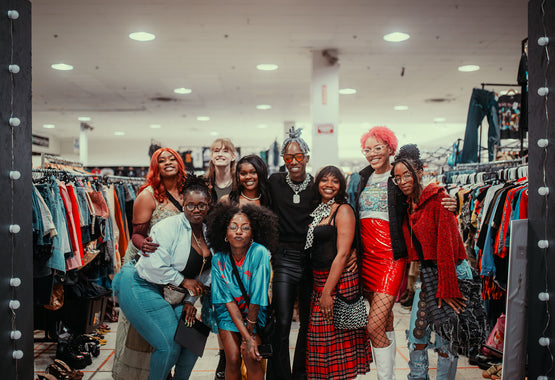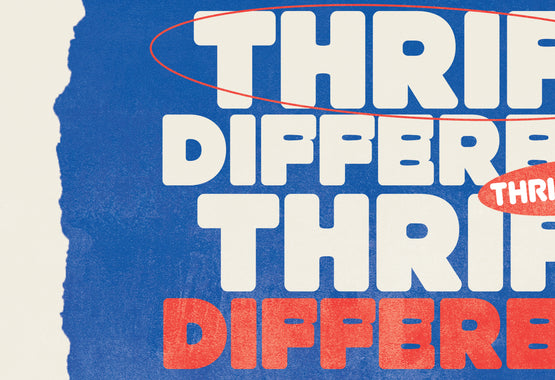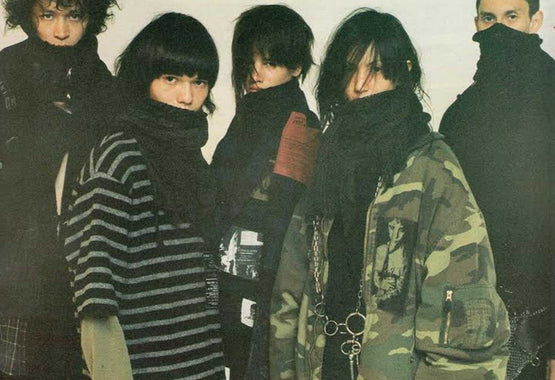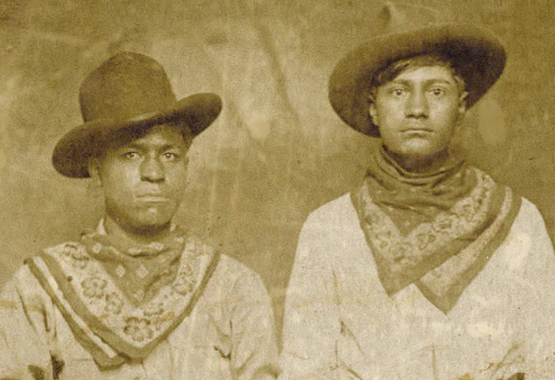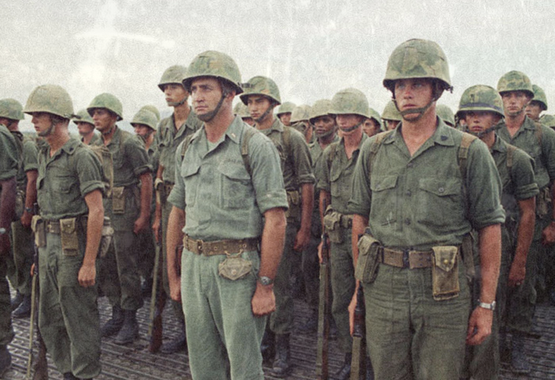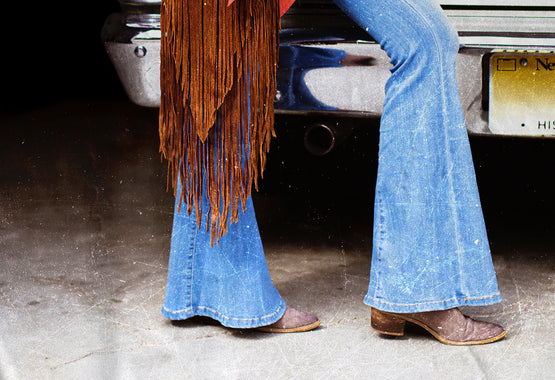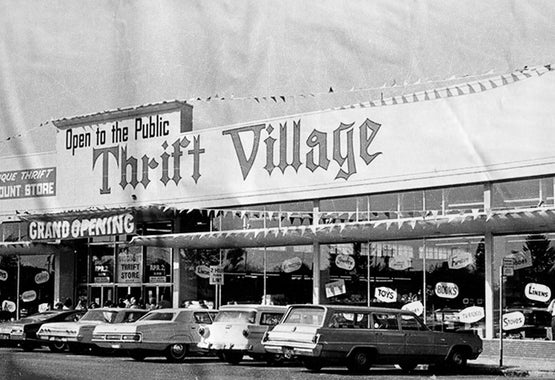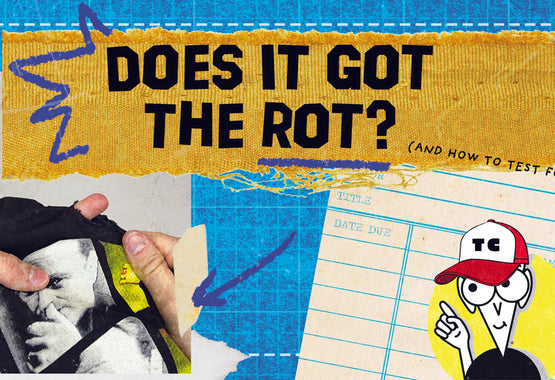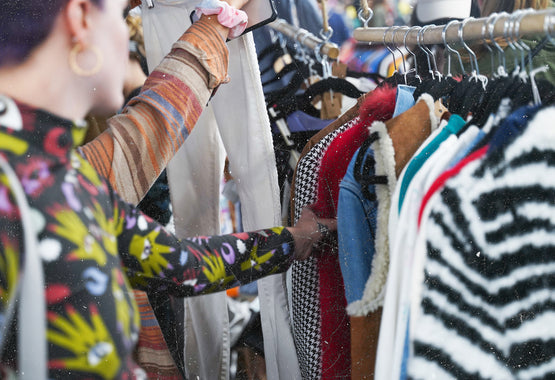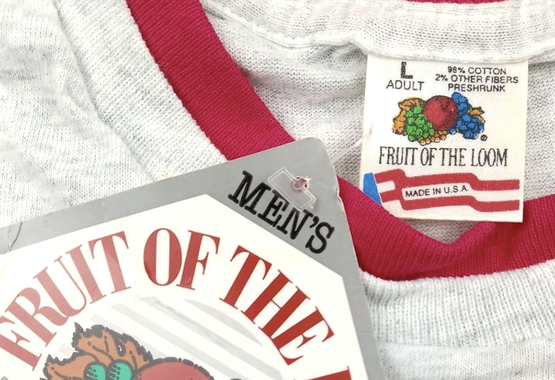POV: What to Expect When You’re a Vendor at ThriftCon


In April of 2020 I became one of 20 million Americans who lost their entire income due to the shut down. It was a huge pain in the ass financially, but didn’t come with much of a scenery change as I’d been working from home as a writer for over a decade already. Luckily, a few years before the pandemic hit I’d started to legitimize a reselling company as a side hustle — mainly hawking vintage clothes and collectibles I’d found while out at thrift stores to make more cash to spend on more junk.
When shit hit the fan though, reselling had to quickly pivot from being a simple hobby to an actual lifeline for my family to weather whatever storm was ahead. Live events like ThriftCon, even at limited capacity, became a huge part of the grind.
One thing about vending at a live event is that you’ll often fail several times before getting it right. Business is a growing process, after all. The inevitable pains of learning how to deal with the crowds while not losing your mind doing it become valuable experiences. It took me a minute to realize that, and being set up for success before event day is by far the best way to soften the blow. Kind of like when drunk you sets out a glass of water and two Advils for morning hangover you.
You gotta watch your own back sometimes.

Set-Up
The most important part of selling at an event can be broken down into two important factors: the pregame and the early morning set up. If you’re showing up late for your load-in time without anything organized or tagged, you’re wasting a valuable opportunity. The chaos that ensues with several thousand hungry shoppers doesn’t wait for you to find a misplaced card reader or look up the price of an item. Those crucial seconds will cost you several sales throughout the day, guaranteed.
So here’s what I learned: over-prepare for everything. Tag beforehand. Bring tools and stickers and tape and hangers and empty boxes and snacks and comfortable shoes and an extra shirt and whatever else you think you may need within a 12 hour day that’s so unforgiving you’ll struggle to sit down. If it’s all within reach, you’re one step ahead of the others.
Likewise, constantly invest in your business whether it's for fun or a full-time gig. Say you had a great month, awesome, buy yourself a few industrial clothing racks instead of an ounce of weed. Those cheap Target brand swaybars are built for hanging a few items at home while doing laundry, not for several hundred pounds of clothing. I can’t tell you how many times I’ve seen vendors dragging those things across the asphalt at 5:00 a.m. only to hear them crumbling under the weight minutes later.
One of the best parts of doing all this is the creativity afforded to vendors. It's your shop. You can call it what you want, choose the color schemes you actually like and source whatever it is you want to sell. As the events go on, vendors are getting better and better, too. As the leaders in the industry move forward with their own unique ways to approach their brands, you should be running right along with them.

During
So when doors open, that’s it. Game on. It takes less than 10 minutes for swarms of people to hit your booth, and if you’re not ready, no one cares. For the next 8 hours you’re a salesperson trying to get rid of as much inventory as possible. And like I said already, the easiest way to lose sales is to not be prepared for everything. Try and run scenarios in your head about the possibilities coming.
Do I have enough cash on hand for change? What methods of payment do I accept? Am I familiar with the flaws on each item? What’s my cost basis so I know what I can work deals on? How am I going to handle shoplifters or people unfamiliar with how ThriftCon works?
The experience at these events pales in comparison to normal retail shopping. Back in my 20s I was a store manager for a popular shop in several malls and dealt with many, many miserable Black Friday shifts and season swaps and major events. There exists a sort of unsung protocol on what to do in those places. Wander. Decide. Complain. Get in line. Pay. That’s the structure 99 percent of stores in America operate on. That’s retail, baby.
Vending at an event with close to 10,000 people vibing together with no real direction is different. They want to get in, get out, and move on to the next bundle of swag. It is absolutely crucial that you’re not only watching for people needing questions answered, but also that you’re ready when they are. That means you do take cards, you do have your Venmo, PayPal and CashApp QR codes printed out and ready. (Different regions of the U.S. use different money apps based on popularity. It’s kinda interesting.) It only takes a few seconds of them not knowing who runs the booth to drop an item and move on.
And if you’ve managed to price things right, fill your booth with trending items, create fluidity in the shopping experience and are willing to negotiate prices with shoppers, chances are you’ll make in one day what you would normally do online in three months. There really is no better exposure to customers than live pop-ups. No need to shoot yourself in the foot by coming completely incorrect.

Breakdown
The best part of vending is the breakdown. When doors close, you’re riding high from a day full of partying and quickly notice that your inventory load is drastically smaller than when you set up. That Tetris style van pack you came in with is no longer necessary and your pockets and bank accounts are filled with yearly revenue. This is also a great time to possibly snag a deal with one of the other vendors. It’s a tight community and if you’ve worked on building a solid relationship throughout the day it might mean a come-up.
The previous economy — the one we all operated in pre-pandemic — no longer exists. It's forever changed. A recent sales report from eBay shows just how quickly reselling, specifically vintage, is growing with no plateau in sight. This means big business for small businesses, and at events like ThriftCon it's more than apparent when watching satisfied shoppers navigate the aisles together under one roof again.
The shopping experience isn't about mom and dad's neighborhood mall any longer. It's a new generation of consumers aggressively bucking the trend in search of the alternative. And whether it was by choice or not, I'm now here for it forever.

[all photos courtesy Joel Delgado via Panoptic Productions]

